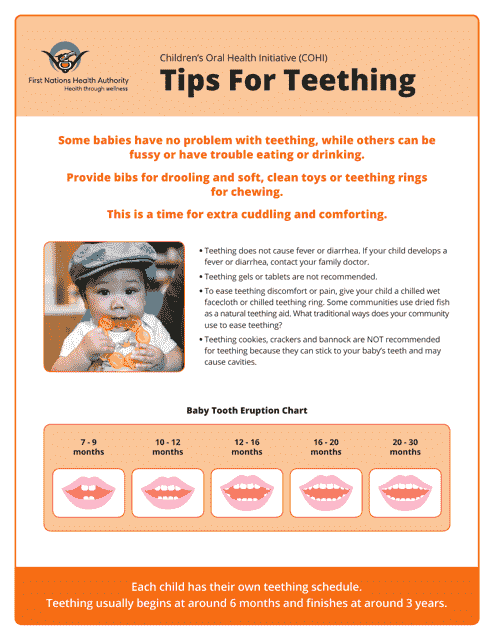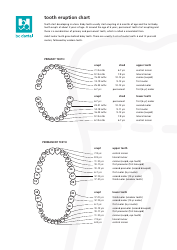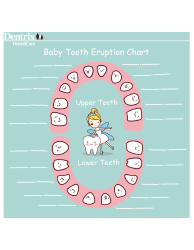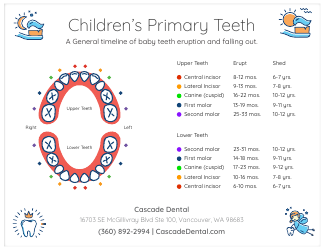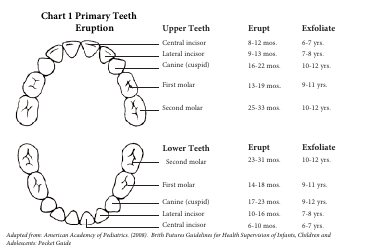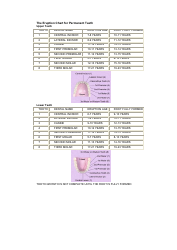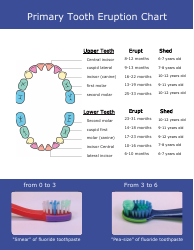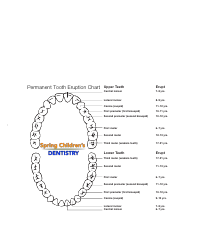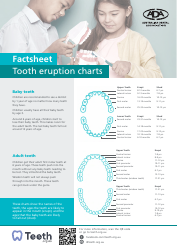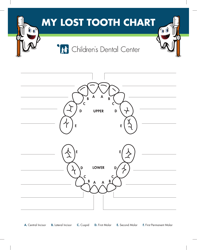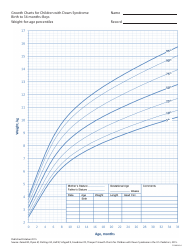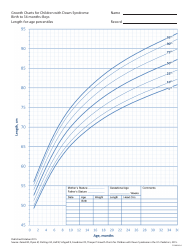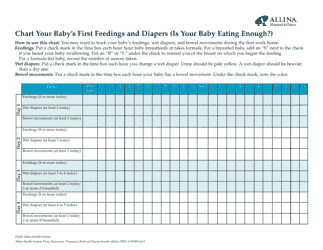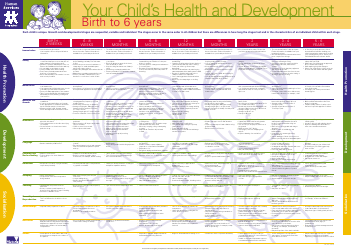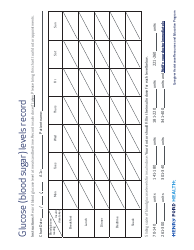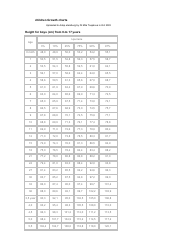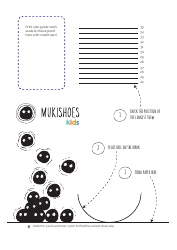Baby Tooth Eruption Chart - First Nations Health Authority
The Baby Tooth Eruption Chart from the First Nations Health Authority is a resource to track the timing of when a baby's teeth typically come in. It helps parents and caregivers monitor their child's dental development.
FAQ
Q: What is a baby tooth eruption chart?
A: A baby tooth eruption chart is a guide that shows the order and timing of when baby teeth typically start to come in.
Q: Why is a baby tooth eruption chart important?
A: A baby tooth eruption chart is important because it helps parents and caregivers know what to expect as their child's teeth start to come in and when to anticipate dental visits.
Q: When do baby teeth usually start to come in?
A: Baby teeth usually start to come in around 6 months of age, but this can vary. Some babies may start teething earlier or later than others.
Q: What is the order of tooth eruption in babies?
A: The general order of tooth eruption in babies is usually the lower central incisors (bottom front teeth) followed by the upper central incisors (top front teeth). After that, the lateral incisors, first molars, canines, and second molars usually come in, but the timing can vary.
Q: When do children usually start losing their baby teeth?
A: Children usually start losing their baby teeth around 6 years of age. The first teeth to fall out are usually the lower central incisors, followed by the upper central incisors.
Q: Do all children follow the same tooth eruption pattern?
A: No, not all children follow the exact same tooth eruption pattern. There can be some variation in the timing and order of tooth eruption, but the general pattern is usually similar.
Q: What should I do if my child's teeth are not coming in according to the eruption chart?
A: If your child's teeth are not coming in according to the eruption chart, it is best to consult with a pediatric dentist. They can evaluate your child's dental development and provide guidance or treatment if necessary.
Q: When should my child have their first dental visit?
A: It is recommended that children have their first dental visit by the age of 1 or within 6 months after their first tooth erupts, whichever comes first. This early visit helps establish good oral hygiene habits and allows the dentist to monitor dental development.
